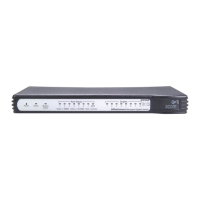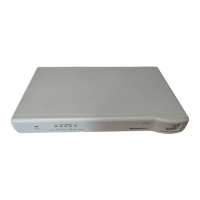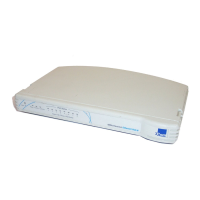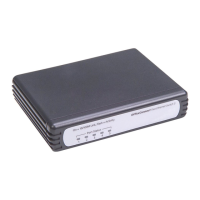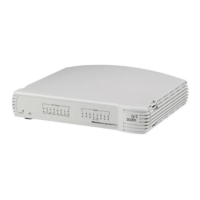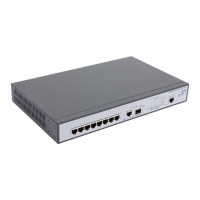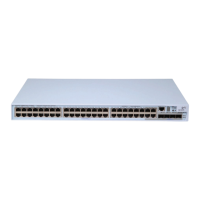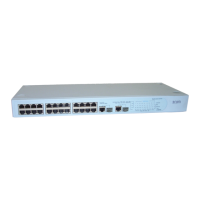What to do if I cannot connect to 3Com OfficeConnect 3CDSG10PWR Switch management using HTTP or SNMP?
- SstanleyrachelJul 29, 2025
If you're unable to connect to the 3Com Switch management interface using HTTP or SNMP, ensure the switch has a correctly configured IP address, subnet mask, and default gateway. Verify that your cable is securely connected and shows a valid link light, and confirm the port hasn't been disabled. Also, make sure your management station is connected to the correct VLAN for device management. If Telnet or web connections fail, the maximum number of connections might be open; try again later.


